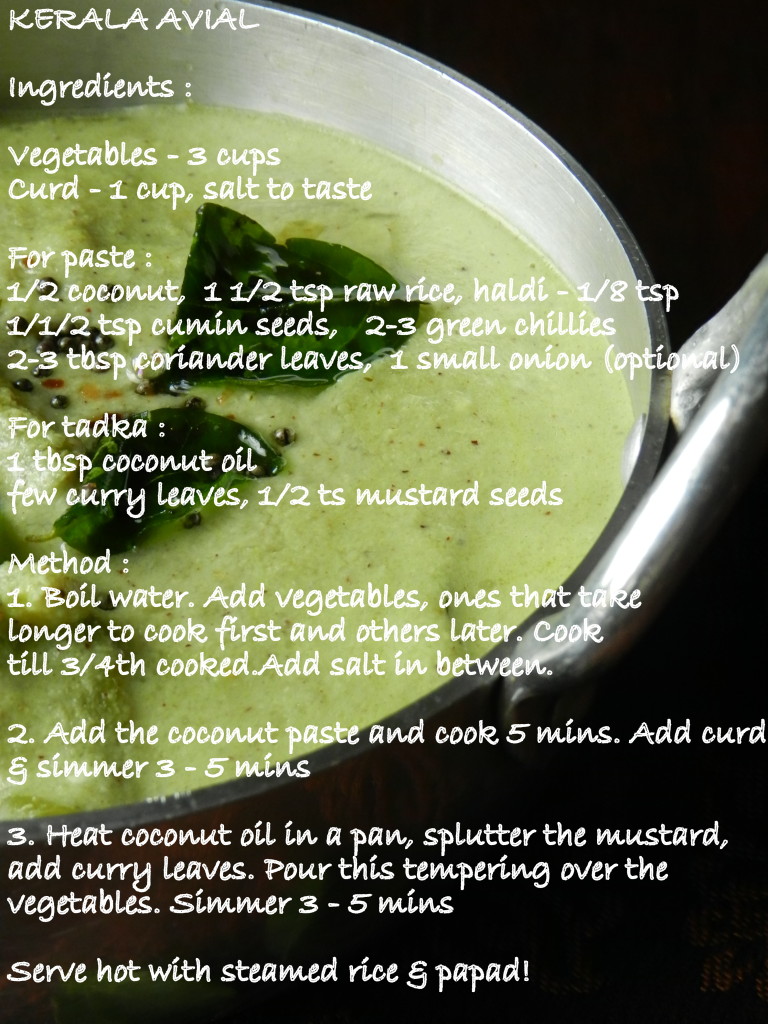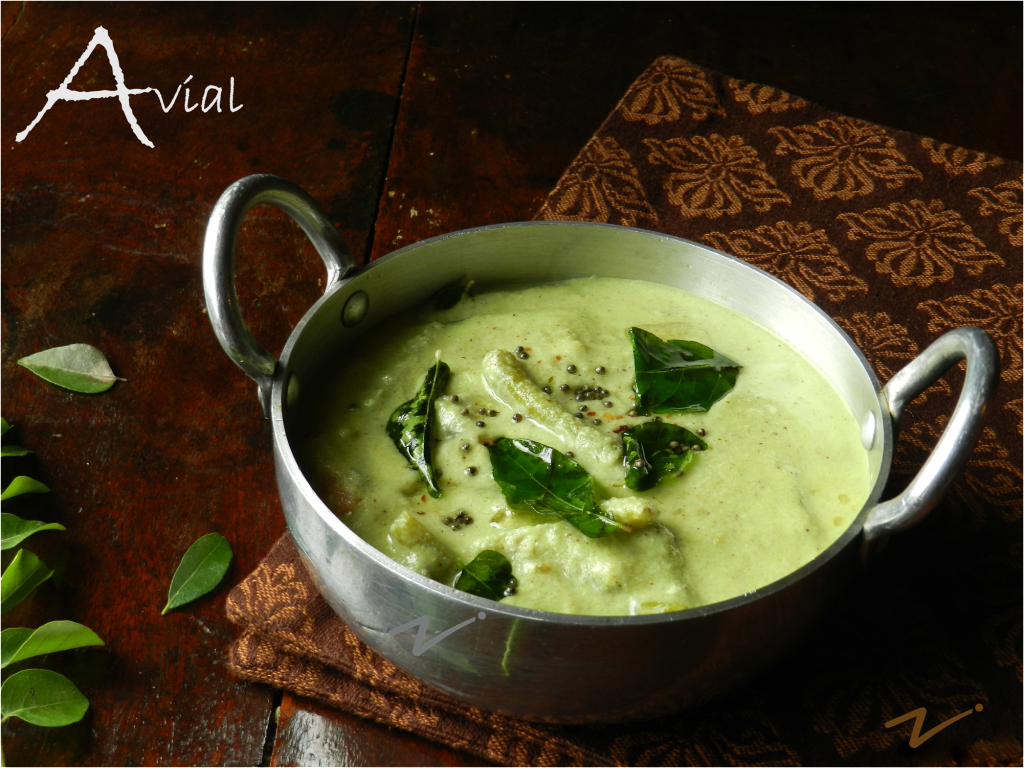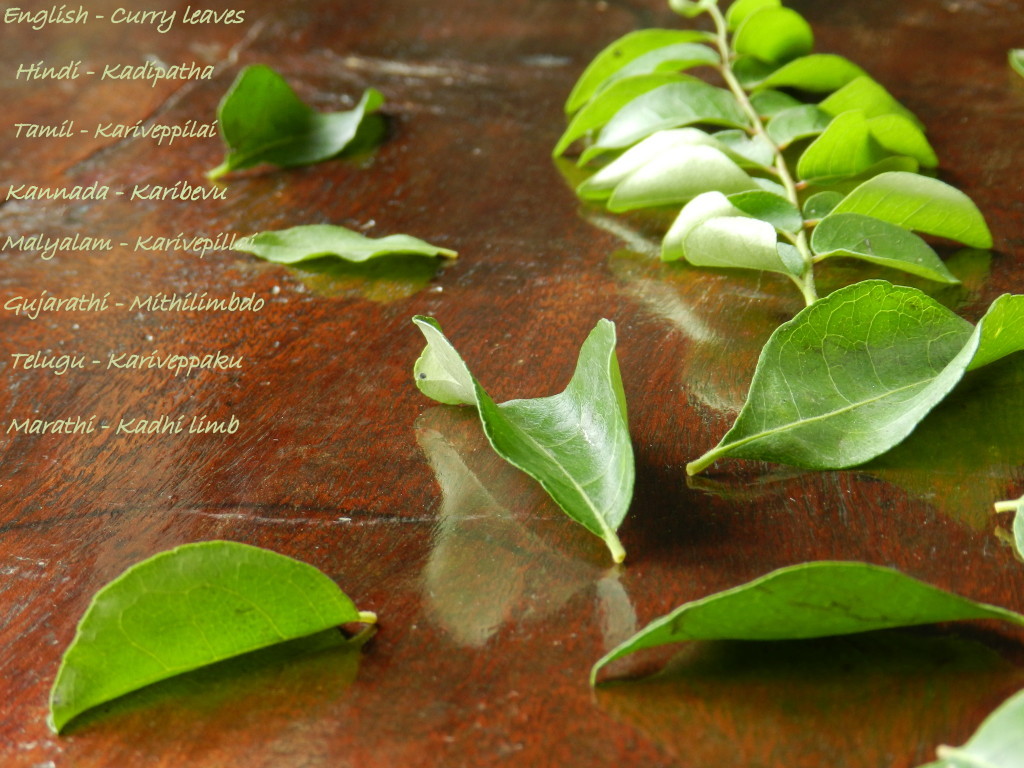
Customs, Rituals & Onam Celebrations
Festival of Onam can be described as – rich, vibrant & diverse! Carnival of Onam lasts for 10 days. Celebration of Onam brings out the rich culture and heritage that is so much a part of the state. Flowers, games, dance, elaborate feasts marks Onam festival. Pulikali performers paint themselves in guise of a tiger and enact hunting scenes. Sports and games such as archery, chess are organised and participated in with great enthusiasm.
Flower carpet made from flowers and known as ‘pookalam’ in the native Kerala language can be found at the entrance of every house to welcome the King. ‘Vallamkali’ or the boat race is also a popular attraction of this Kerala festival. These boats called ‘Chundans’ have long hulls and high sterns that resemble the hood of a cobra. Hundreds of oarsmen row these traditional boats to the rhythm of drums.
Yet another attraction of this grand festival is the elephant procession. Elephants are decked in a dazzling and royal attire – exquisitely designed golden plates on the forehead that run all the way to the trunk, silk robe, jewelry, parasol which is silk and satin umbrella, laced with white metal and placed on top of the elephant.
Onam Sadhya
As with any other festive celebrations, elaborate and mouthwatering feasts are another major highlight of the festival. Lavish meals called ‘sadhya’ are prepared and served on plantain leaves. Rice is the main course which is served as accompaniment to varied Kerala vegetarian delicacies like Avial, Errichery, Olan, Pachadi, Kalan, parrippu, sambhar, rasam, thoran. Kitchadi made up of pineapple and banana is served along with this. Crisp papads are served along with all rice meals. Chutneys and pickles also form an integral part of Onam Sadhya.
The lavish meal is ended with traditional Kerala sweet dish – Pal payasam (rice kheer) or prathaman. All together the Onam Sadhya is made up of eleven mouthwatering delicacies.
Erissery – This is made from pumpkin, yam or raw banana. Main spices added in an erissery are green chillies, cumin, red chillies, coconut and then seasoned with mustard seeds.
Olan – Made from cucumber or brinjals boiled in water and flavored with coconut and curry leaves. Pulses may be added sometimes along with vegetables but an Olan is made sans green chillies.
Kalan – Kalan is made from buttermilk. Main ingredient would be plantain or yam. They are boiled in water and salt and then flavored with ground coconut, fenugreek, pepper, buttermilk and finished off with mustard seeds tempering.
Thoran – This is a dry curry made from chopped beetroot or other vegetables like beans, raw banana etc boiled in water with salt and chillies and seasoned with ground coconut and mustard seeds.
Avial – Another coconut based vegetable curry that is quite popular even outside Kerala. Various kinds of vegetable, including root vegetables are boiled and then topped with a coconut and cumin flavored paste. This is followed by some curd and topped with a tempering of curry leaves.
Coconut trees are found in abundance in this state and the coconut find its way in all of the Kerala dishes. The entire state is dotted with numerous coconut trees with the sea, the river and plenty of greenery offering a majestic backdrop to the swaying trees. The State of Kerala is called ‘God`s Own Country‘ and for a very good reason!
Kerala Avial
Mixed vegetables in coconut, chillies and cumin sauce
Your choice of mixed vegetables
- tendli (potatoes, lauki (bottlegourd), drumstick, carrot, raw banana, cluster beans, ash gourd, yam(suran), beans, chow chow – 3 cups chopped (approx))
- Green/ raw mango – 1 (optional (see notes))
Other ingredients
- Curd (slightly sour – 1 cup)
- Salt to taste
To grind to a paste
- Half of a large coconut – grated
- Cumin seeds/ jeera – 1 ½ tsp
- Raw rice – 2 tsp
- Green chillies – 2 to 3 (or add more as per spice level desired)
- Turmeric powder/ haldi – 1/8 tsp
- Fresh coriander leaves – 3 tbsp (optional)
- Onion – 1 small (optional)
For tempering/ tadka
- Coconut oil – 2 tbsp
- Curry leaves – 7 to 8
- Mustard seeds/ rai – ½ tsp (optional)
- Wash raw rice. Soak 5 to 10 mins if req. Wash, peel, chop, vegetables as per their type – cut into even and medium size pieces.
- Bring water to a boil in a large vessel. When water begins to boil add vegetables one by one – first put vegetables that normally take longer to cook (like ash gourd, drumstick, potato, etc). After a few mins add the other vegetables, raw mango (if adding).
- Finally add salt, mix, cover and cook. Stir 2-3 times in between to cook vegetables evenly. Cook till all vegetables are 3/4th cooked. If there is excess water, drain some of it.
- As the vegetables are getting cooked, grind together the ingredients for the paste. Add to the vegetables when 3/4th done. Boil/ simmer for 5 mins.
- Add the curd, simmer 3-5 mins. Keep stirring in between to avoid curdling. Taste and adjust salt.Remove from heat.
- For tadka, in a small pan heat coconut oil. Add mustard seeds and let splutter. Add curry leaves and pour this tempering over the avail. Immediately cover with the lid to retain the aroma. Set aside 1-2 mins.
- Then serve hot with steamed rice and papad.
If adding raw mango, chop into medium chunks and add. Then reduce the amount of curd accordingly as the raw mango itself is sour.
Instead of adding tempering, you may pour 2 tbsp raw coconut oil over the avail after removing from heat.
To use yam – scrape yam and chop. Then wash under running water by turning them with the help of a perforated ladle. Then add to the vessel by draining yam in the ladle. Never touch washed yam with bare hands as it will leave marks in your hands.
Adding onions to paste is very optional. Traditional Kerala Avial does not have onions. But adding it gives it even more flavour and a nice consistency gravy.
Add vegetables of your choice from the above list. It is not necessary that all the mentioned vegetables be added.
Vegetables like cabbage, beetroot, cauliflower are not found in an avail.
Cut vegetables into even sizes for even cooking.
Coconut oil is a must – either in raw form or as tempering.





